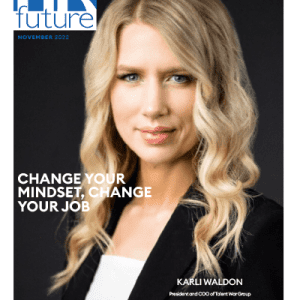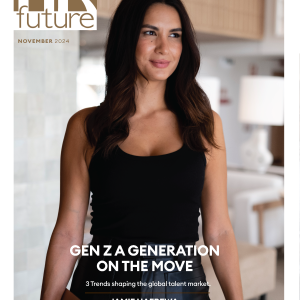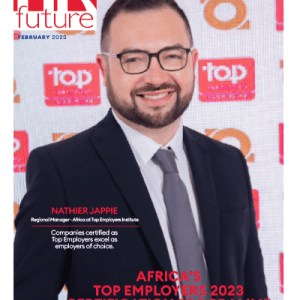The workplace is undergoing tremendous change as the the result of new technology, shifting societal attitudes and new generations of workers with different needs and ideas.
The pace of change in the workplaces is picking up. These are the top trends we think that will influence how people work this year.
- Top talent is shrinking
Many countries including the US, China, Japan, Italy and South Africa will face talent shortages. Skills predicted to be in demand include management, legal, sales and marketing, operations as well as IT proficiency. This talent shortage will challenge organisations to find and keep the best people. They will need to engage employees with workplaces that support their wants and needs. Creating vibrant offices is one tactic to recruit and retain talent. Providing flexibility and choices for where, when and how work happens is also critical for attracting the best and brightest people. - More people are working remotely and not at their desks.
At any given time, about one-third of all knowledge workers in private and public sectors are working remotely. And only about 40 per cent of employees with assigned spaces are actually using them. Mobility is therefore crucial to today’s workforce. In addition to their offices, employees are working in airplanes, hotels, at client sites and at home. They need to be supported with technology and business processes that allow them to work effectively wherever they are. - Activity-based work settings are on the rise.
Because the nature of today’s work is so complex and unpredictable, a single, all-purpose workstation doesn’t cut it for most knowledge workers. Workplace designers need to provide a variety of ‘activity settings’, or purpose-built areas for specific activities accessible to all. Activity settings might include impromptu meeting areas, formal meeting spaces, project rooms, individual work spaces or break areas that make up for the shortcomings of exclusively cellular or open-plan environments. One size does not fit all. - Buildings can help or hinder productivity.
Buildings can improve overall productivity and performance by as much as 12.5 per cent or reduce them by as much as 17 per cent. That’s a 30 per cent swing between employee performance in the best and worst buildings according to a Carnegie Mellon study ‘High Performance Buildings’. Interestingly, the same factors that enable productivity can inhibit it. Some background noise, for example, can boost productivity for routine or administrative tasks. Yet that same noise can be highly distracting when employees are conducting research or writing tasks.
Lighting is generally viewed as positive, except when it causes glare. The most common building-related culprits for hindering productivity include issues with temperature, air quality, lack of natural light, noise, spaces that feel crowded and poor ergonomics.
- Flexible work boosts engagement and satisfaction.
Flexible work allows employees to work when, how and where they choose and is generally popular with employees. According to a US study ‘Workplace Flexibility: Research to Action’, 30 per cent of employees with easy access to flexible work arrangements report feeling very engaged in their jobs. Compare this to the 19 per cent engagement among those with moderate flexibility and the 10 per cent engagement among those with little access to flexibility. - People are the most important metric.
Financial losses due to absenteeism and “presenteeism” (a loss of workplace productivity from employee health problems or personal issues) account for four per cent of operating costs according to a 2012 study entitled ‘The people side of change’.
Though the design and construction of quality workspaces comes with a cost, it pales in comparison to the cost of employees who are not engaged, healthy and performing at high levels.
Linda Trim is the Director at workplace design specialists Giant Leap.


























